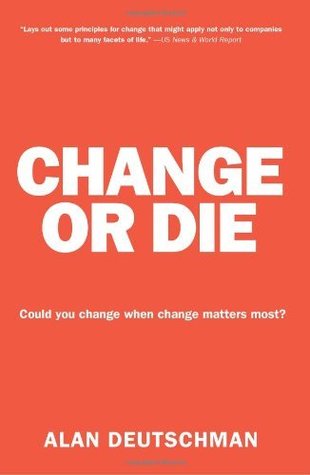More on this book
Community
Kindle Notes & Highlights
Read between
March 11 - March 25, 2019
“Acting As If” It’s obvious that what we believe and what we feel influences how we act. That’s common sense. But the equation works in the other direction as well: How we act influences what we believe and what we feel. That’s one of the most counterintuitive yet powerful principles of modern psychology.
Repeated personal experience over a long time is what conditions our gut-level emotions and strongly held beliefs. It takes new firsthand experiences, repeated over and over and over again, to begin to change our “frames.” Reframing isn’t something that happens just by hearing another person explain a new way of looking at things. You have to do things a new way before you can think in a new way.
“To get the culture started, you have to believe in it, live it, show it, be part of it,” Silbert says. “You have to be willing to jump in a hole with people. The leader has to be willing to do it with people. ‘Change’ was a verb and it should stay a verb. It has to happen in action. You have to do it. I don’t think a leader can accomplish major change without being willing to slice yourself open and become part of the change. I say, ‘You guys force me to be my best self because I live in a glass house.’”
“Commies
Gates’s official pronouncement was that he wasn’t going to give away his money until he had retired from full-time work at Microsoft, and no one thought there was any chance of that happening for decades. Gates was still in his thirties, and he was a workaholic, and the company he ran was an extension of his own ego.
What they wanted Adkins to do was actually much harder than running a multibillion-dollar operation. It was creating one totally from scratch. And that’s exactly what Adkins accomplished. Three years later, in 2003, his new venture had already revved up to annual sales of $2.4 billion.


